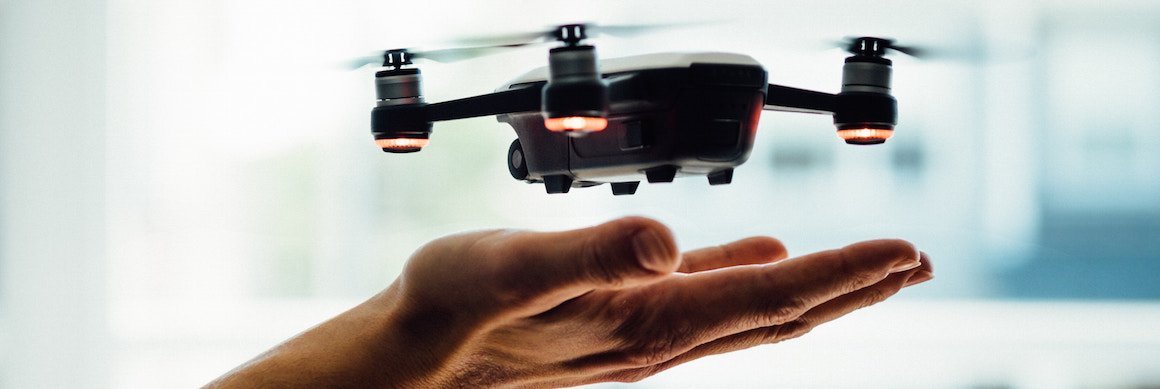The smart machine age (SMA) is here: an age of technological advancement in technology that could be as disruptive as the industrial revolution. The SMA is expected to redefine the workplace, presenting both business opportunities and challenges. According to Edward Hess, a professor of business administration and Batten executive-in-residence at the University of Virginia Darden School of Business, MBAs are poised to experience a transformative era—on they’d do well to prepare for.
What Is the Smart Machine Age (SMA)?
The smart machine age is characterized by the rise of technology such as artificial intelligence, the Internet of Thing (IoT), smart robots, fintech, nanotechnology, increased global connectivity, biotechnology, and powerful computing. These technological advances are also having an impact on how businesses are staffed, operated, and managed across industries.
Smart technology isn’t limited to single service or industry such as manufacturing. Instead, it pervades all sorts of professions and businesses, touching every aspect of our lives from medicine to finance, accounting to automotive, management consulting to law. And though the specific effects might vary from industry to industry, the overall result is the same. Businesses will hire fewer individuals as smart technology facilitates automation of tasks that have traditionally been performed by humans. And those who do secure jobs will be expected to be highly innovative and creative, with a certain level of emotional and social intelligence.
The SMA and MBAs
What will this mean for MBAs? In Financial Times article entitled, ”An MBA Student’s Toolkit for the Smart Machine Age,” Hess—co-author of Humility Is the New Smart: Rethinking Human Excellence in the Smart Machine Age—explains that the SMA will make current management and leadership models obsolete. MBAs will have to rethink their definitions of “smart” because they’ll never be able to outsmart a machine. Instead, they’ll have to hone their skills in learning, collaboration, thinking, listening, and emotional management.
For Hess, the most important of these skills is the ability to un-learn and re-learn. “As technology continues to advance, students will need to quickly adapt in order to define and solve problems and learn through trial and error,” Hess wrote. “And to learn through trial and error will probably require most students to practice new mindsets and behaviors not usually taught in many business schools. For example, curiosity and open-mindedness. Students will need the courage to experiment and fail.”
One thing MBA students can do to foster this skillset in business school is to look for experiential learning opportunities that put them in real-life situations, challenging them to step out of their comfort zones to find solutions to business problems. These experiences differ from classroom lectures and case discussions because they are designed to develop learning mindsets and heighten emotional and reasoning skills. For business school faculty, this means being willing to embrace situations where MBA students feel “emotionally messy” and are not “happy all the time.”
At UVA Darden, experiential learning is built into the MBA curriculum, with opportunities to gain hands-on experience internationally and domestically. For example, Consulting Darden Business Projects (DBPs) give MBA students the chance to work in teams of three to six to develop a business plan, perform marketing analysis, and create a financial forecast for a client company.
But experiential learning is only a piece of the puzzle. MBA students preparing for the SMA also need to round out their perspectives through coursework outside of their business schools. Hess recommends that students take courses “across various disciplines—psychology, philosophy, creative arts, systems engineering, design thinking, data science, to name a few—in order to learn different models of thinking.”
These types of courses will help MBA students consider business challenges through a range of different theories and perspectives. In particular, design thinking calls on students to step into a customer’s shoes to discover what they see and find new and unexpected solutions, fostering skills in identifying and solving ambiguous and complex problems.
At UVA Darden, the MBA course “Innovation and Design Experience” offers an opportunity for students to apply design methodologies and innovative tools in a live, corporate project. This allows students to learn how to employ a business-design framework to develop business opportunities and deliver organic growth.
According to Hess, for MBA students to thrive in the smart machine age, they will also need the ability to:
- Manage and overcome their fears and emotional defenses,
- Change their reflexive ways of thinking,
- Listen thoughtfully,
- Emotionally engage with others, connecting and relating on a basic level,
- Learn from failure, and
- Work in diverse teams and environments that may be complex, uncertain, and volatile.
“When they graduate, a student’s multidisciplinary skills should contain at least the following: scientific method; root cause analysis; unpacking assumptions; critical thinking purposes and questions; insight processes; design thinking; pre-mortems; and after-action reviews,” wrote Hess. “They ought to have emotional and social intelligence; the ability to collaborate and to know how to learn and develop their cognitive and emotional capabilities.”
To learn more about the smart machine age, you can check out Hess’s book: Humility Is the New Smart.





